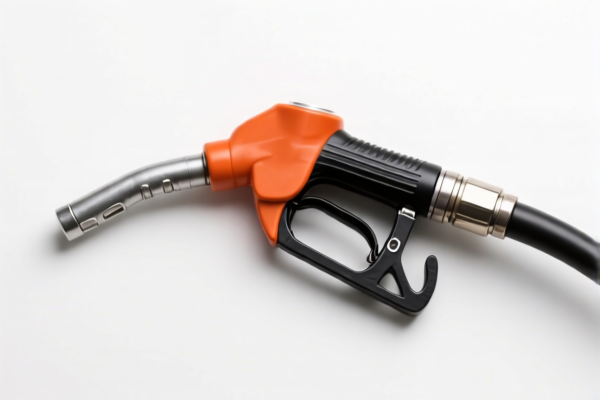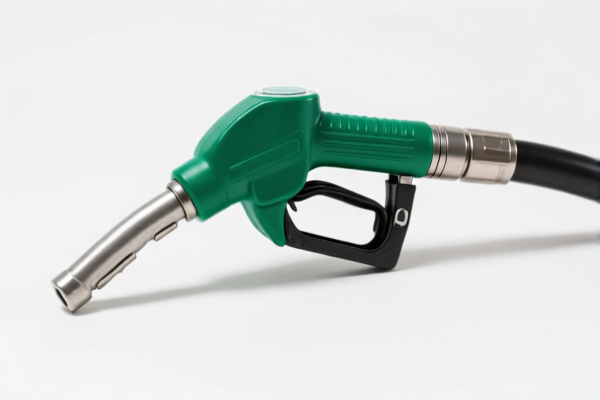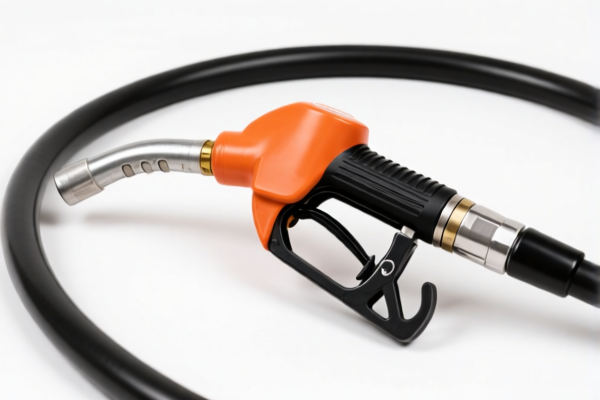| HS Code | Official Doc | Tariff Rate | Origin | Destination | Effective Date |
|---|---|---|---|---|---|
| 4009410000 | Doc | 57.5% | CN | US | 2025-05-12 |
| 4009420050 | Doc | 40.0% | CN | US | 2025-05-12 |
| 7305391000 | Doc | 30.0% | CN | US | 2025-05-12 |
| 7305395000 | Doc | 30.0% | CN | US | 2025-05-12 |
| 7306901000 | Doc | 30.0% | CN | US | 2025-05-12 |
| 7306905000 | Doc | 30.0% | CN | US | 2025-05-12 |
| 3917320050 | Doc | 58.1% | CN | US | 2025-05-12 |
| 3917390050 | Doc | 33.1% | CN | US | 2025-05-12 |




Ventilation Hose
A ventilation hose is a flexible conduit used to convey air for the purpose of providing fresh air, exhausting stale air, or both. They are employed in a wide range of applications, from temporary exhaust systems to permanent HVAC installations.
Material
Ventilation hoses are constructed from various materials, each suited to specific applications and temperature ranges:
- PVC (Polyvinyl Chloride): Lightweight, flexible, and cost-effective. Commonly used for general-purpose ventilation, exhaust fumes (low temperature), and dust collection. Not suitable for high temperatures or corrosive substances.
- Rubber (Neoprene, EPDM, SBR): Offers greater flexibility and resistance to chemicals, abrasion, and temperature extremes compared to PVC. Used for exhaust systems, industrial ventilation, and applications requiring higher durability.
- Polyurethane: Highly flexible, abrasion-resistant, and often oil-resistant. Suitable for demanding industrial applications, welding fume extraction, and conveying abrasive materials.
- Fabric-reinforced: Typically composed of a PVC or rubber coating over a textile reinforcement (e.g., polyester or nylon). Provides high strength and flexibility, used for long-distance ventilation, HVAC systems, and applications requiring high tensile strength.
- Metal (Aluminum, Stainless Steel): Used for high-temperature applications, corrosive environments, and applications requiring fire resistance. Often used in dryer vents, kitchen exhaust systems, and industrial processes.
Purpose & Function
The primary function of a ventilation hose is to facilitate airflow. This can be for:
- Supply Air: Delivering fresh, conditioned air to a space.
- Exhaust Air: Removing stale air, fumes, dust, or other contaminants from a space.
- Combined Supply & Exhaust: Simultaneously providing fresh air and removing stale air.
- Fume Extraction: Specifically designed to capture and remove hazardous fumes from welding, chemical processes, or other sources.
- Dust Collection: Removing dust and debris generated by machinery or processes.
Usage Scenarios
- HVAC Systems: Used for ductwork connecting air handling units to vents and registers.
- Dryer Vents: Expelling hot, moist air from clothes dryers.
- Welding: Extracting welding fumes and particulate matter.
- Construction & Demolition: Temporary ventilation for dust control and fume extraction.
- Industrial Processes: Exhausting fumes and dust from manufacturing equipment.
- Kitchen Exhaust Systems: Removing smoke, grease, and odors.
- Automotive: Exhausting fumes from vehicle repair shops.
- Agriculture: Ventilation in greenhouses and livestock buildings.
Common Types
- Smoothbore Hose: Interior surface is smooth, offering minimal airflow restriction.
- Corrugated Hose: Flexible and easy to bend, often used for temporary applications.
- Spiral Wound Hose: Constructed with a spiral wire reinforcement, providing high strength and flexibility.
- Wire Reinforced Hose: Similar to spiral wound, offering robust support.
- Single-Wall Hose: Consists of a single layer of material, typically used for low-pressure applications.
- Double-Wall Hose: Consists of two layers of material, offering increased insulation and durability.
- Fire-Resistant Hose: Constructed from materials that resist ignition and flame propagation.
- Static Dissipative Hose: Designed to prevent the buildup of static electricity.
Ventilation hoses are typically used for air circulation, exhaust, or supply in various settings, including industrial, automotive, and HVAC systems. They can be constructed from materials like rubber, plastics, or metal, and may or may not have fittings.
The following HS codes may be relevant, based on the provided information:
- 4009410000: Tubes, pipes and hoses, of vulcanized rubber other than hard rubber, with or without their fittings (for example, joints, elbows, flanges): Reinforced or otherwise combined with other materials: Without fittings. This code applies to rubber hoses, potentially including those used for ventilation if they are reinforced or combined with other materials and do not have fittings. The total tax rate is 57.5%.
- 4009420050: Tubes, pipes and hoses, of vulcanized rubber other than hard rubber, with or without their fittings (for example, joints, elbows, flanges): Reinforced or otherwise combined with other materials: With fittings Other. This code applies to rubber hoses with fittings, which could include ventilation hoses. The total tax rate is 40.0%.
- 3917320050: Tubes, pipes and hoses and fittings therefor (for example, joints, elbows, flanges), of plastics: Other tubes, pipes and hoses: Other, not reinforced or otherwise combined with other materials, without fittings Other. This code applies to plastic hoses without fittings and not reinforced. The total tax rate is 58.1%.
- 3917390050: Tubes, pipes and hoses and fittings therefor (for example, joints, elbows, flanges), of plastics: Other tubes, pipes and hoses: Other Other: Other. This code applies to other plastic tubes and pipes. The total tax rate is 33.1%.
It is important to determine the material (rubber or plastic) and whether the hose is reinforced, combined with other materials, or has fittings to select the correct HS code.
Customer Reviews
No reviews yet.